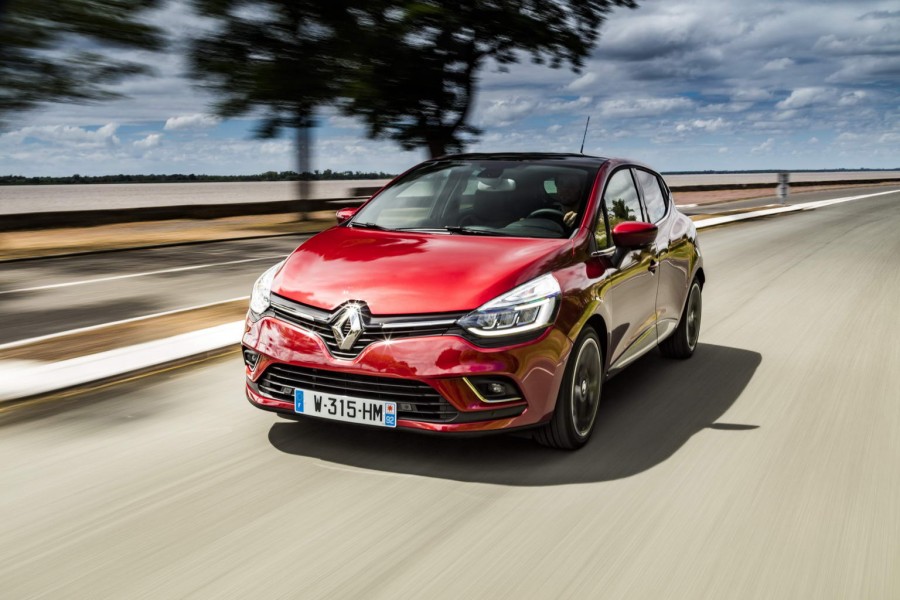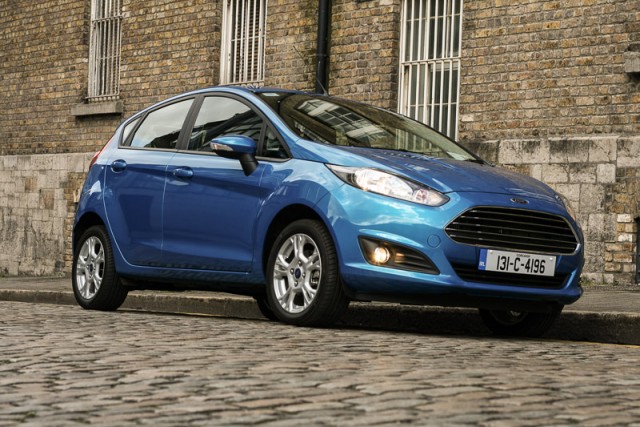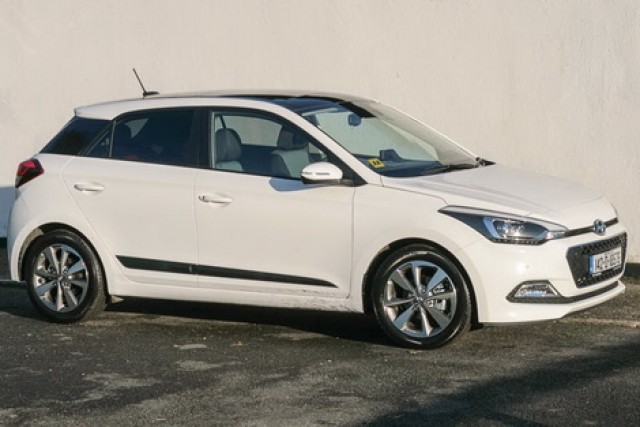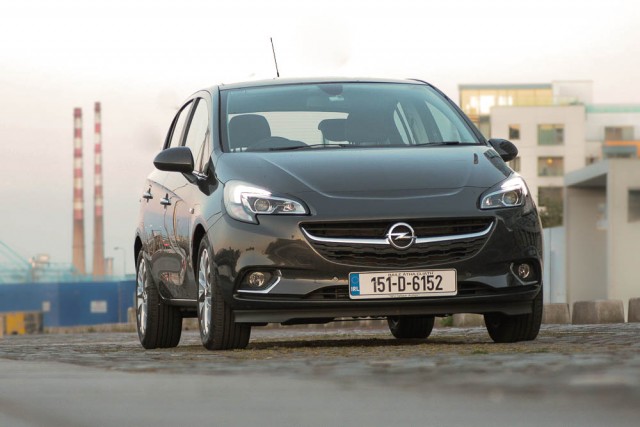Subtle styling tweaks keep the Renault Clio looking smart, but it stops short of delivering a class-leading driving performance.
In the metal
When it came to giving the current Renault Clio a facelift its designers didn't have too much work to do; in fact, it takes more than a passing glance to notice the changes. The fourth-generation Clio is one of the best looking to date, and some gentle tweaks to the exterior have ensured that this fact remains.
New headlights carry over much of the same design as before but now incorporate the company's new signature C-shaped LED daytime running light. These look much sharper, giving the car the illusion of looking a touch broader while also doing away with the cheap looking LED clusters that used to be in the front grille. The front fog lights have been moved outwards while the lower front bumper section now has a more purposeful look to it, as well as a larger air intake. A new bumper graces the rear too, but again you will need to be an avid Renault enthusiast to spot the difference. The rear lights have been redesigned to mirror that C-shaped light signature and do look that bit better for it. Boot space remains unchanged at 300 litres though if you opt for the uprated Bose speaker system, this is reduced to 230 litres.
Renault claims to have focused its attention inside on improving the quality and so the layout is unchanged. While the look of some of the surfaces has improved, there is still plenty of scratchy hard plastic on main touch points in the cabin, even in the higher grade reviewed here, a Dynamique S Nav model. The leather steering wheel is well sized, however, and has a quality feel in your hands.
Driving it
Much like the aesthetic changes, Renault has done little to improve upon how the updated Clio drives. New engines have been added to the mix in the form of an 110hp 1.5-litre dCi diesel and a 1.2-litre petrol TCe 120, with 120hp, as tested here. Renault has combined this with a six-speed manual transmission and you will need to work it if you want to extract the most from the engine. Renault claims that it has improved the gearshift action with the introduction of new pendulum weights and carbon synchromesh rings, but it still isn't the sharpest in class. This unit may offer better performance figures than the smaller TCe 90 three-cylinder petrol engine, but it is less economical and doesn't feel as much fun to drive.
The Clio certainly gives the impression of being a good car underneath, but it is let down a little by poorly set up suspension. It soaks up bigger bumps with ease, but on poorer quality surfaces and smaller bumps the car always feels busy, as if the damping isn't quite right. On certain motorway stretches at the launch, it also exhibited a pogo effect as it travelled along. In general, the cabin's noise insulation is quite good but in cancelling out unwanted road sounds it highlights some wind noise as you approach three-figure speeds.
Renault has paid more attention to sharpening up the Clio's steering and for an electrically assisted system it does generate a good amount of feedback for the driver. It is light but connected feeling, unlike some electric power steering systems. Any driving enthusiasm the steering may encourage is undone by the soft suspension that allows for a bit too much roll in the corners. Nonetheless, you do get the impression that underneath is the makings of an excellent chassis.
What you get for your money
There will be three different equipment levels offered on the new Clio: Expression, Dynamique Nav and Dynamique S Nav and it is the mid-level Dynamique Nav that is expected to account for more than 80 per cent of sales. The Clio Expression has Hill Start Assist and electronic stability control. A dashboard cradle for smartphones means that, through the Renault R&GO app, your smartphone can be used as a satnav and infotainment system. The Clio will also come with DAB radio, as well as USB and aux-in inputs. Electric front windows, central locking and a height and reach adjustable steering wheel all feature as standard.
On the mid-level Dynamique Nav, the car's interior gets a tablet-style central display that incorporates Renault's MediaNav system. This seven-inch touchscreen includes TMC traffic information, DAB radio, Bluetooth streaming and SIRI "Eyes-Free" control for compatible Apple iPhones. Other features in the Dynamique Nav include automatic headlights and wipers and one-touch electric windows, as well as gloss black interior trim and chrome exterior accents, along with a leather steering wheel.
The Dynamique S Nav models benefit from 17-inch alloy wheels, full LED front and rear lights, climate control, a centre armrest, rear electric windows, rear parking sensors and electrically folding door mirrors. On both Dynamique Nav and Dynamique S Nav models, buyers can specify a GT Line Look Pack, which adds a sportier, more premium appearance to the car. Dark metallic air intakes in the front bumper, dark metallic rear bumper details and chrome exhaust tips differentiate it from regular Clio models. Anthracite door mirror covers and protective inserts on the doors along with GT Line badging complete the look.
Summary
The Renault Clio remains one of the most stylish looking cars in the segment and one that has the most presence too. With increasingly improving competition from Asian and European rivals, Renault could have done more to keep the Clio at the sharp end of the pack. While it isn't the brightest star in the segment, it remains a good all-rounder.

























